After centuries of existence, My Nghiep handicraft weaving is still maintained and developed in the community, which is an attraction of the Phan Rang land.
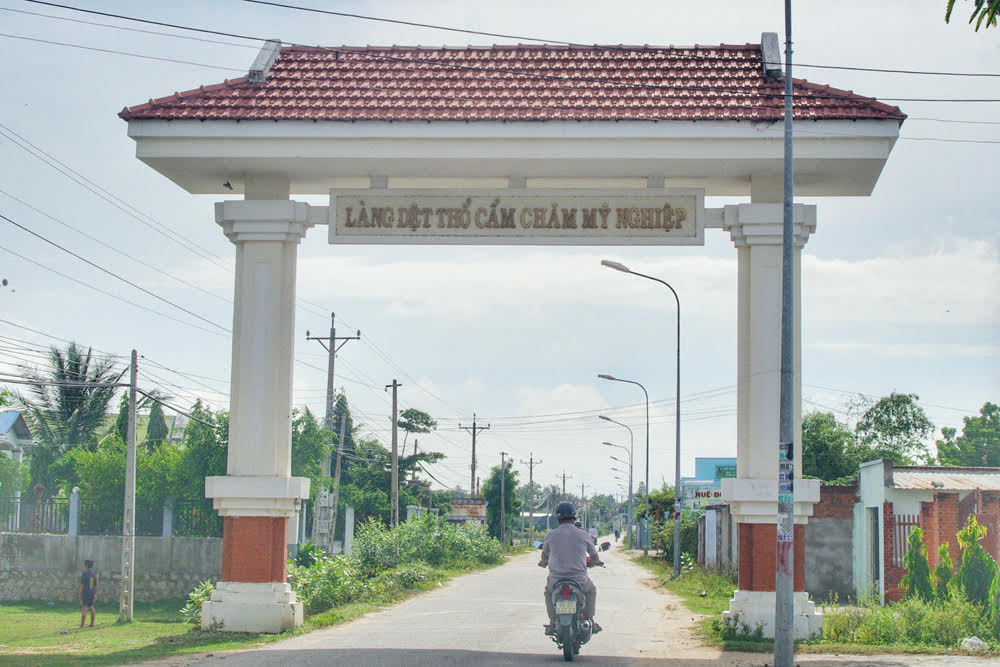
The main gate to My Nghiep village. Today, My Nghiep weaving village is located in Phuoc Dan town, Ninh Phuoc District, 12km from the center of Phan Rang - Thap Cham City to the south along National Highway 1A.
The road in the centre of My Nghiep Village with colorful houses of the Cham people. Today, My Nghiep Village has 700 households with about 4,000 people, there are up to 500 skilled weavers, who have experienced long-term attachment to the loom.
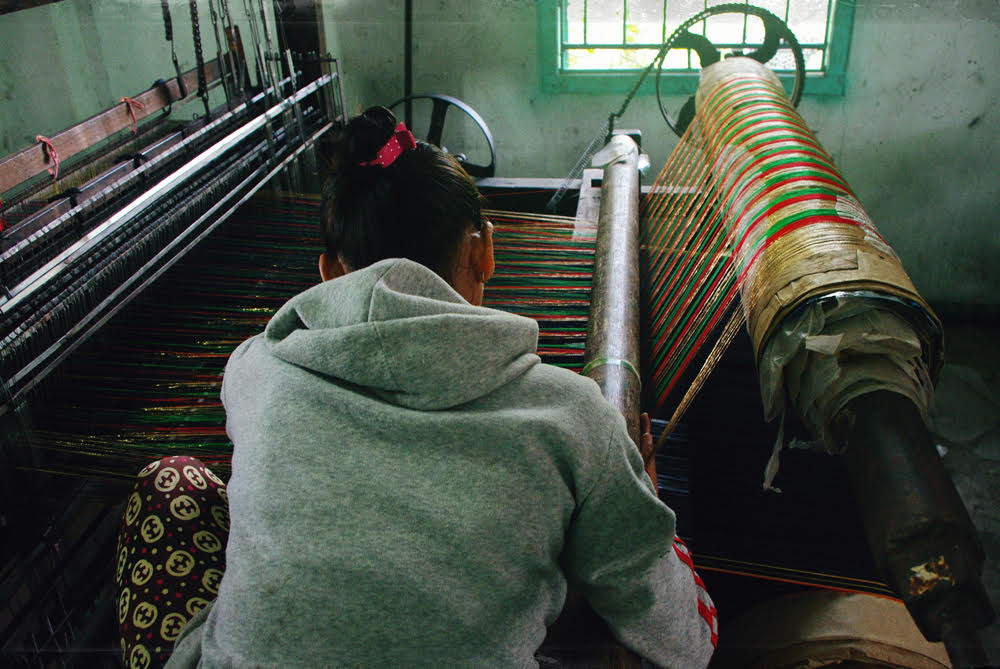
The most impressive thing in the village is that the products are made entirely by hand, passing from one generation to the next in the form of "mother-to-child transmission". Women are responsible for weaving, while men are responsible for cutting brocade sewing into products.
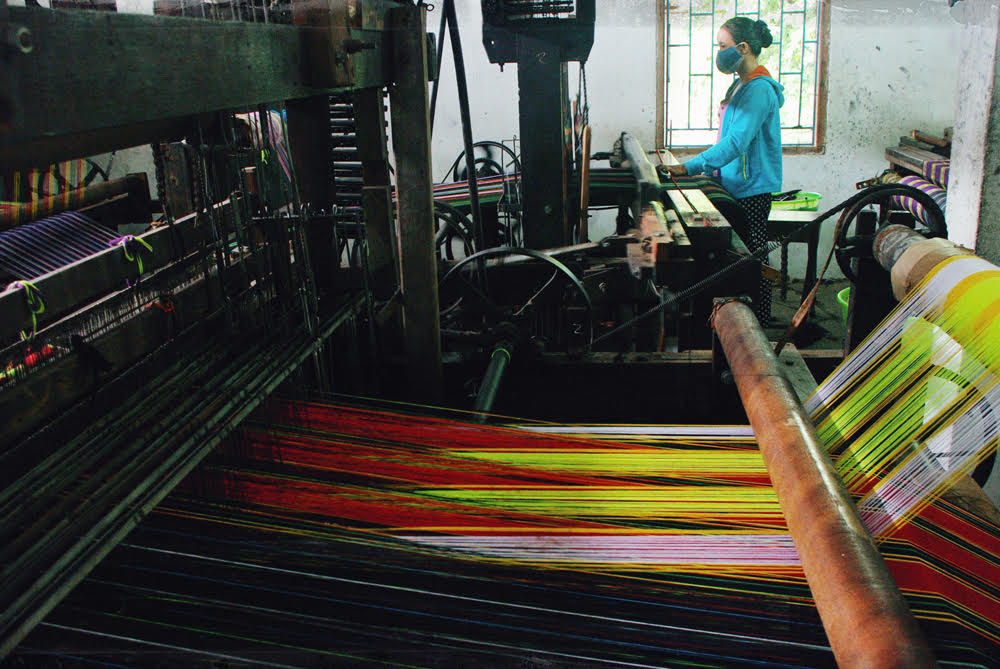
History records that the village was formerly known by the Cham name ‘Ca Klaing’, while its Vietnamese name was ‘My Nghiep’. In the 17th century, a woman named Ponagar came to this land, realized that the climate here was suitable for growing cotton. She taught weaving for Ong Xa and Chaleng, a couple living in the village. Since then, along with Bau Truc Pottery Village, My Nghiep has developed to this day.
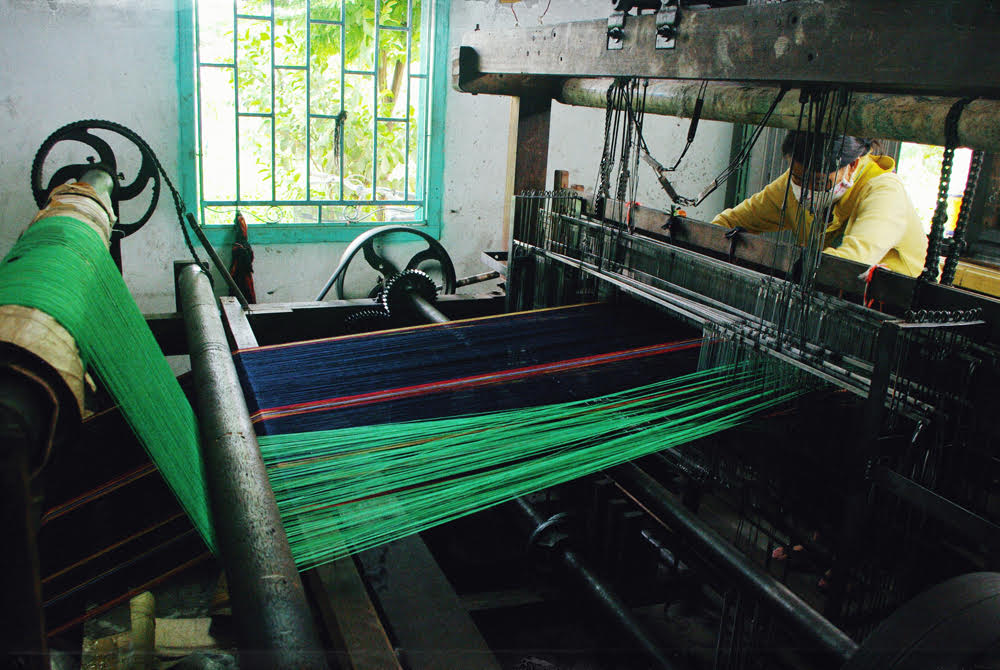
The main material that makes My Nghiep weaving brand is cotton fabric grown locally. After that, it has to go through many stages, from pitting for cotton fibers to rolling, soaking, drying and dyeing. Every stage needs the workers’ meticulous attention. To create the delicate and unique patterns, the weavers must possess an acute aesthetic sense and experience in mixing colors.
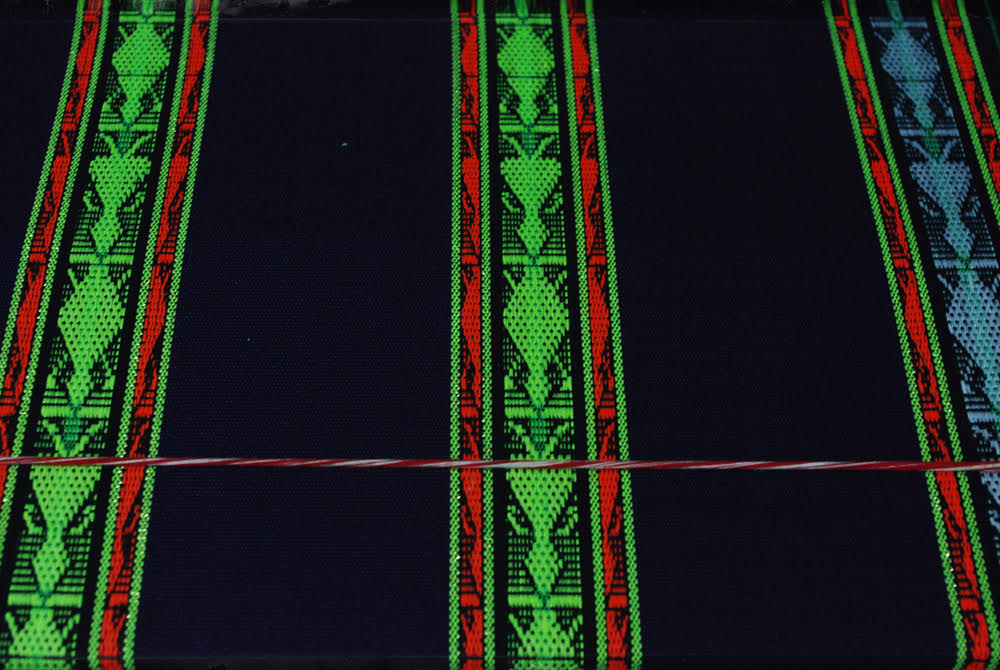
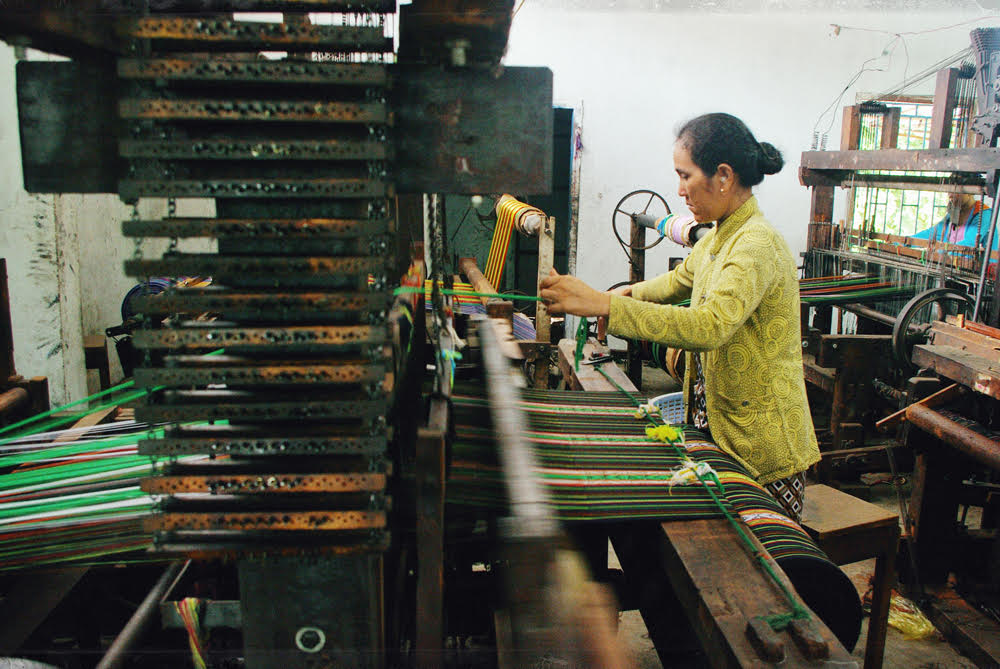
In order to create a brocade plate with vibrant colors, exuding the quintessence of Cham traditional culture is an elaborate process of the women in My Nghiep Village. The visitors can hardly find repetition or duplication of patterns and styles even though the fabrics are made by an artisan.
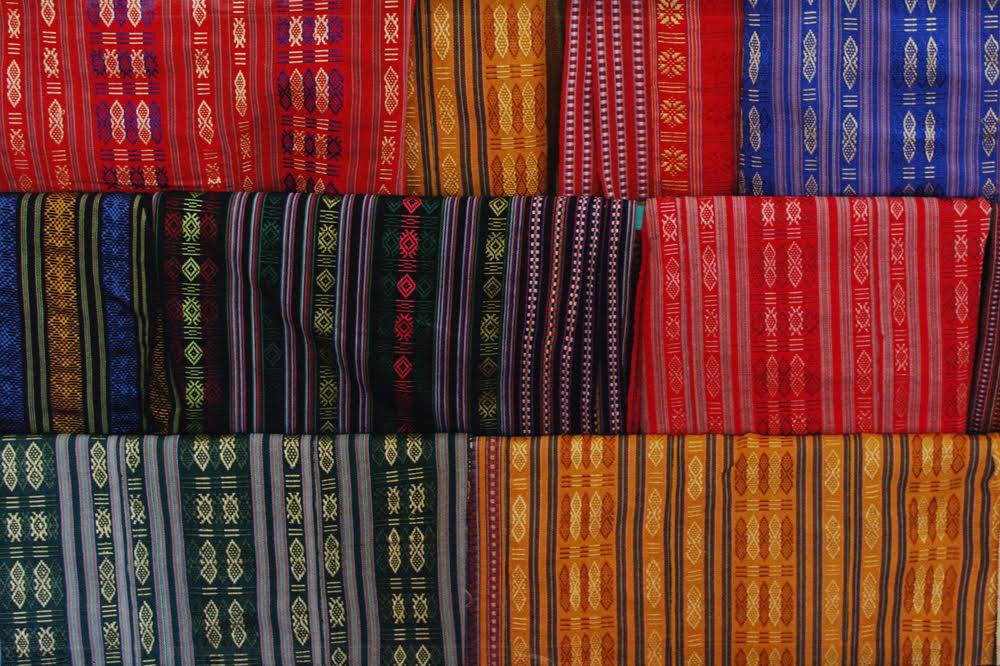
Pattern symbols bearing the identity of the Cham ethnic group: the shape of the canopy, the stylized dragon, the genie, the Siva.
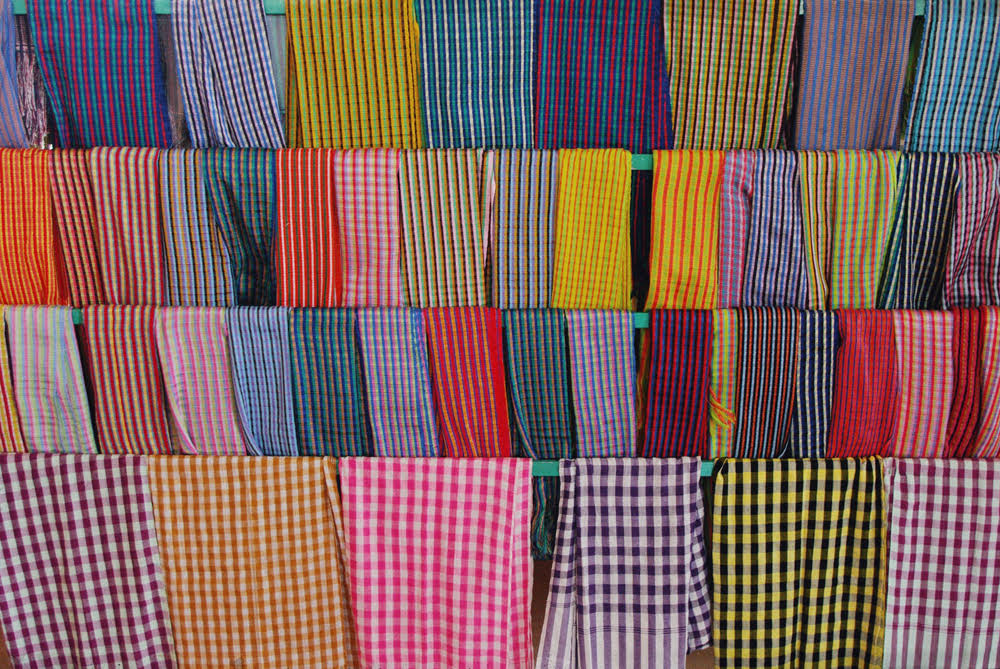
In addition to rough brocade products, My Nghiep currently has many other diverse products, including bandannas, Cham scarves, handbags, wallets, shirts, jackets, skirts, hats and linens.
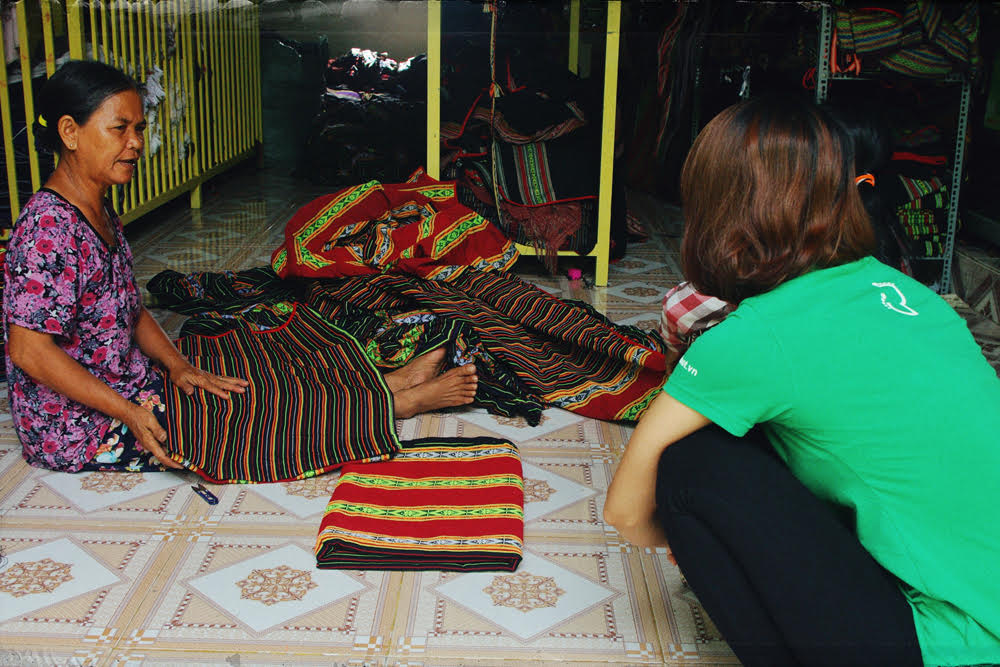
Brocade weaving has long been a cultural symbol of the Cham ethnic group and their brocade products are favored nationwide.
Ha Du (Nhan Dan)
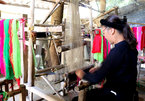
Keeping Tay brocade alive
The image of Tay women sitting beside looms to weave brocade used to be a familiar sight in the northern mountainous province of Cao Bang.
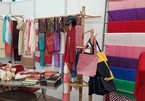
Silk weaving in Vietnamese life
Silk weaving has been a traditional handicraft in Vietnam for thousands of years. Legend has it that the craft was introduced to Co Do village in Hanoi’s outlying district of Ba Vi by the sixth Hung King’s daughter, Princess Thieu Hoa.
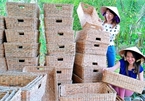
The craft of weaving water hyacinth in Bac Lieu
Weaving water hyacinth, an aquatic plant available in Vietnam's countryside, has brought an extra source of income for thousands of people in Ninh Quoi commune, Hong Dan district, Bac Lieu province.
 As the cradle of brocade weaving of the Cham ethnic people, My Nghiep craft village is currently one of the two most famous traditional craft villages of Ninh Thuan Province.
As the cradle of brocade weaving of the Cham ethnic people, My Nghiep craft village is currently one of the two most famous traditional craft villages of Ninh Thuan Province.